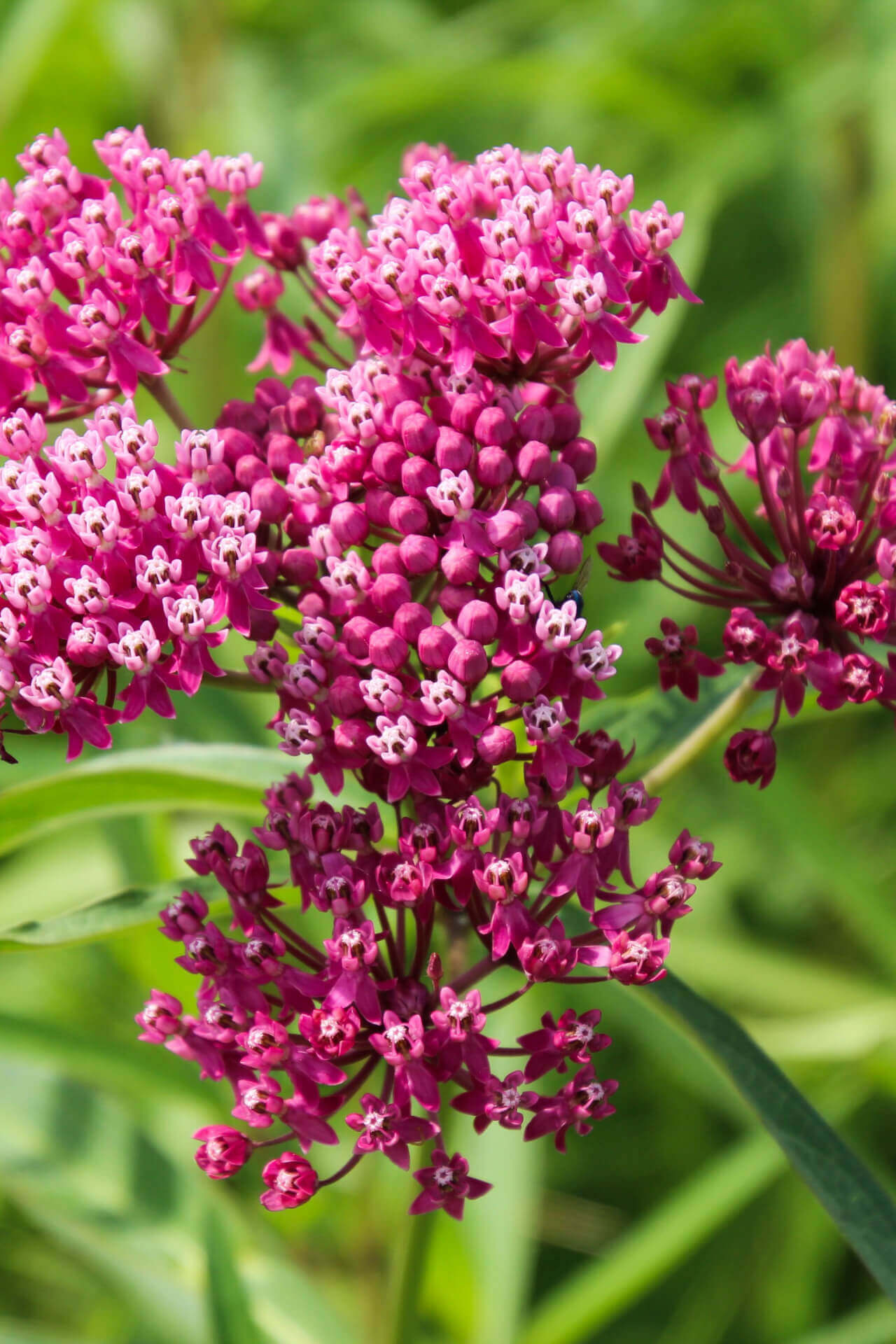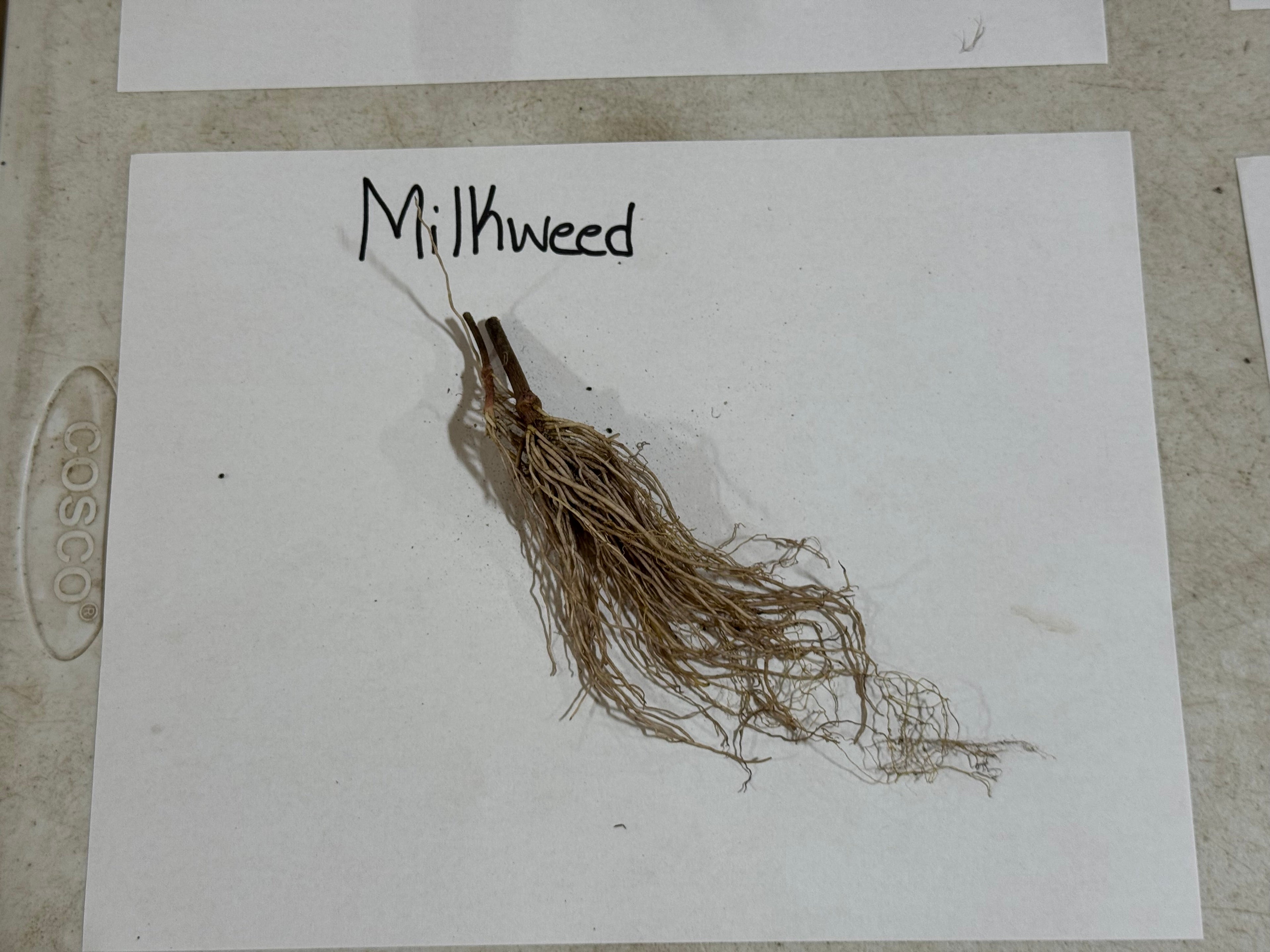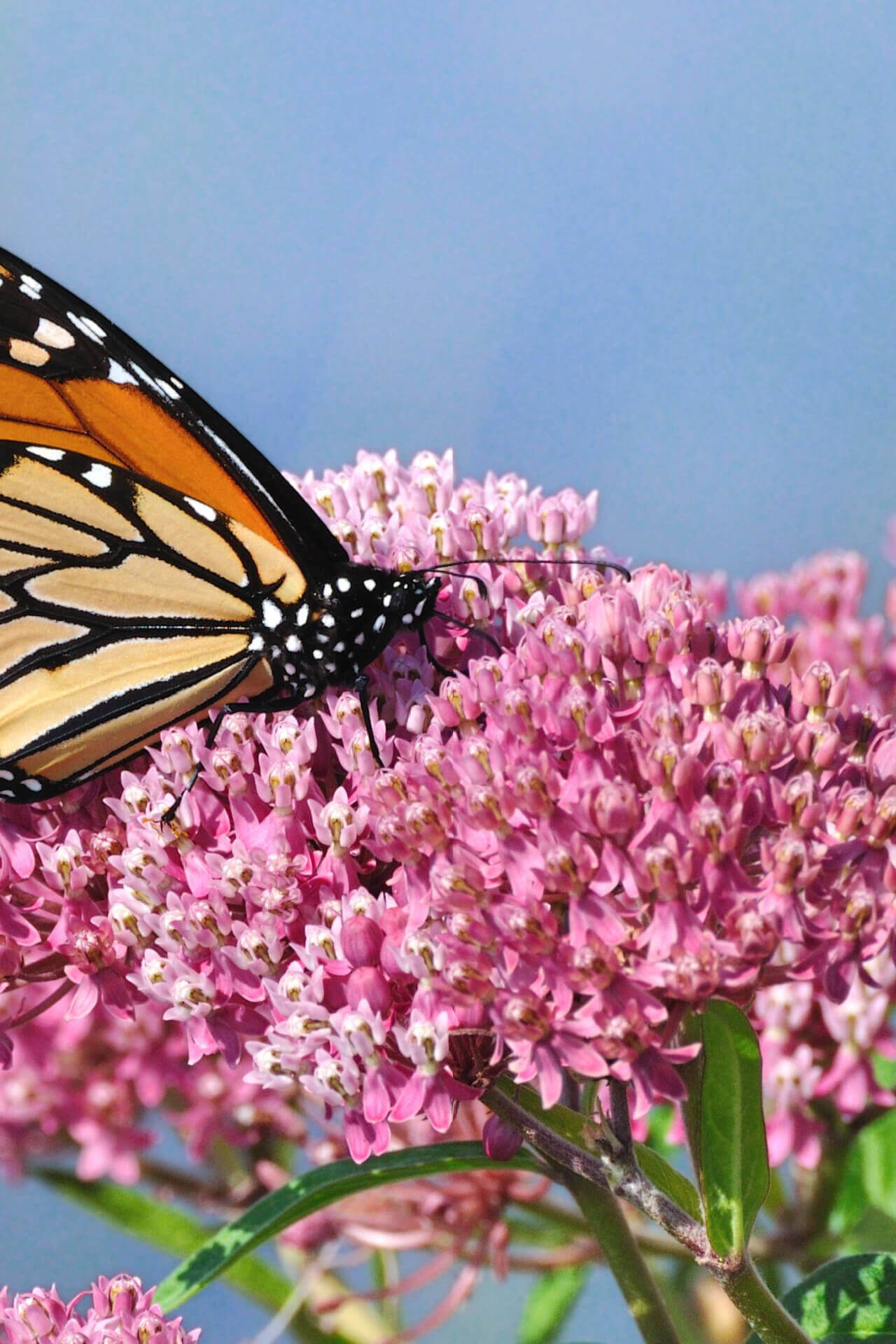Milkweed Plants For Sale - Attract Monarchs
The Milkweed is a herbaceous perennial plant native to the Eastern United States. It is well known for hosting the Monarch butterfly, but it is also essential for bees, butterflies, and other pollinators!
It has a long summer bloom season, and the plant seeds drop and produce new plants. It's a super popular herbaceous perennial plant at TN Nursery. We are crazy about pollinator plants that bring back sustainability and are good for the environment.
Milkweed Plant Details
Family: Dogbane (Apocynaceae)
Light Requirement: Full
Water Needs: High
Height: +12 ft.
Spread: Slow
Growth Rate: Fast
Bloom Time: Summer
Flower Color: Pink
Wildlife Value: Attracts bees, butterflies
Landscape Uses and Maintenance
The large, dramatic clusters of star shaped flowers (umbels) at the top of the milkweed plant is fragrant and pastel pink. In the fall, the green ornamental seedpods give way to silky, floating seeds that take to the skies.
From gracing the back of the border in a small space to making a statement over a wide meadow, it truly makes a stunning focal point. Buy milkweed plants and add them to your sunny border, pollinator and butterfly garden, and enjoy your happy, buzzing visitors! You will be happy, too.
Don’t have a fence? Worry less. Due to toxic “milk” inside the stems, this plant has built-in, high deer resistance. Deer and other critters like squirrels and chipmunks will avoid this plant in your garden.
As a naturalizing plant, one clump will spread and turn into many that you can enjoy over the years! Give each plant room to spread out. Water deeply and regularly in its first growing season to give the roots a good drink and to allow them to take root strongly.
Noteworthy Characteristics of Asclepias Incarnata
The genus name of the milkweed plant, Asclepias, references the Greek god Asklepios, god of medicine. Commonly found in swamps, bogs, and alongside rivers, this plant is tolerant of having wet feet and will tolerate highly moist conditions. Great for rain gardens and low spots in your garden that collect water.
Create an effortless, natural pairing Milkweed Plant with other native perennials, including cardinal flower, chelone, and ironweed. This plant has great ecological benefits: with nectar-rich flowers, this is a pollinator favorite for hummingbirds, bees, and butterflies alike. This is the only food supply for the Monarch butterfly in its larval stage. Mother Nature will thank you for growing it!
Exposure
Milkweed plants thrive in full sun, requiring at least 6-8 hours of direct sunlight daily. They prefer bright, sunny locations with well-draining soil, promoting robust growth and attracting pollinators such as monarch butterflies.
Height at Maturity
Over 12"
Usage
Pollinator Plant
Shipped As
Bare-root
Ships
USPS
Planting Zones
3-9




